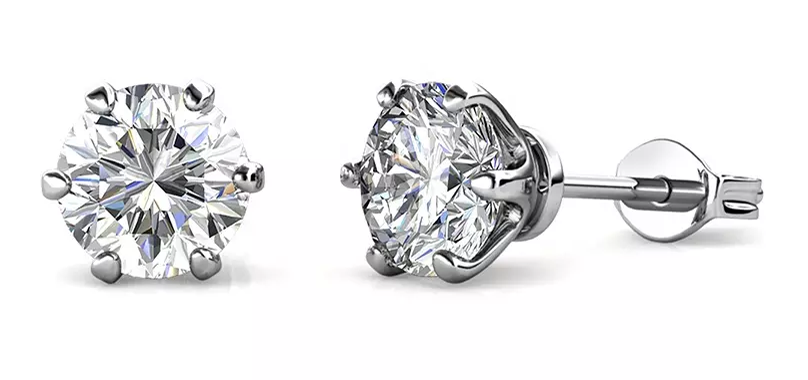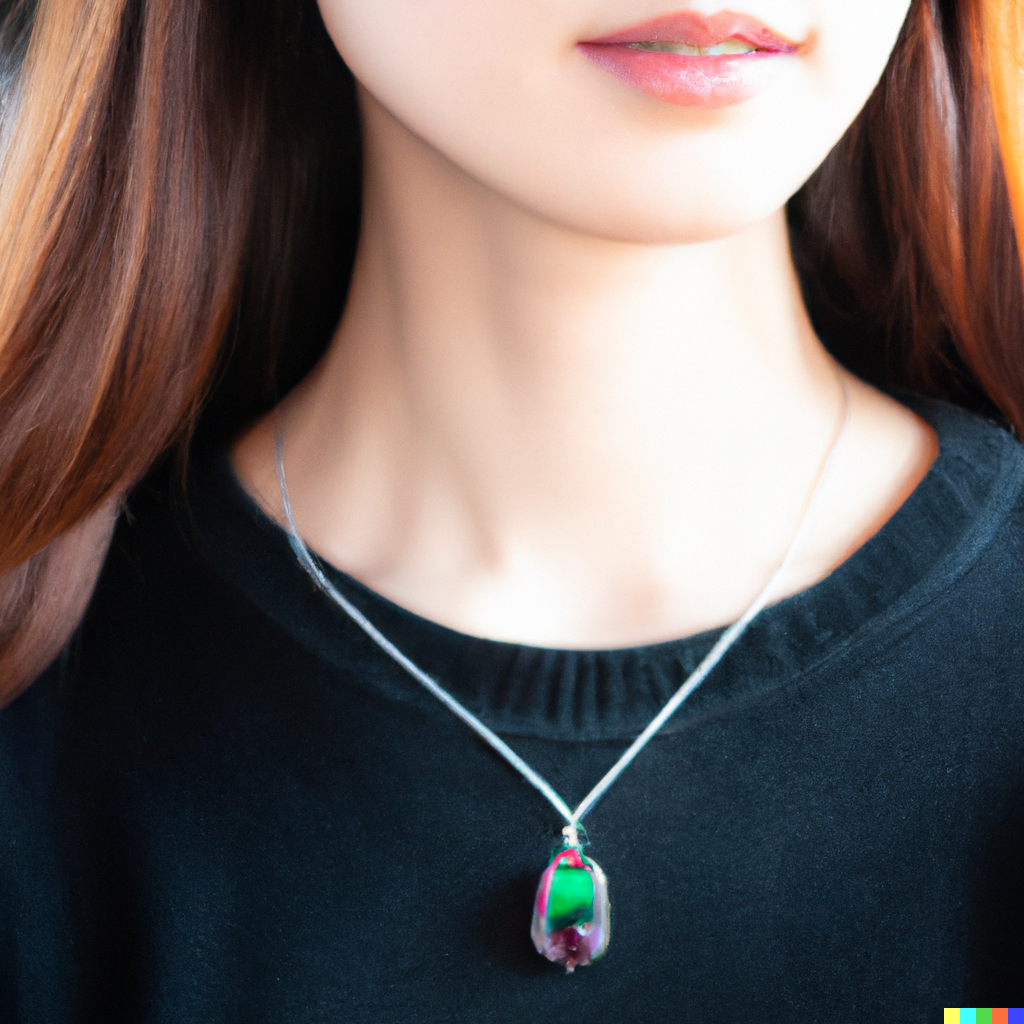Indian Ruby: Gemstone and Jewelry
The Indian ruby is a precious gemstone known for its stunning beauty, vibrant color, and durability. With a rich cultural history, the Indian ruby has been treasured for centuries, and continues to be highly sought after today. This article will explore the unique characteristics of the Indian ruby, the history of its use in jewelry, and its current significance in the world of gemstones.

Characteristics of the Indian Ruby:
The Indian ruby is a variety of corundum, which is a mineral composed of aluminum and oxygen. Corundum is a very hard mineral, second only to diamond on the Mohs scale of mineral hardness. The ruby variety of corundum is colored by the presence of the element chromium. The presence of other trace elements such as iron, titanium, and vanadium, can also influence the color of the Indian ruby.
The color of the Indian ruby ranges from pinkish-red to purplish-red, with the most highly prized color being a deep, vivid red referred to as "pigeon's blood". The intensity and saturation of the color is determined by the amount of chromium present in the stone. The Indian ruby is transparent to opaque, with a vitreous, or glassy, luster. It has a refractive index of 1.76 to 1.78, and is doubly refractive, which means it can split light into two rays.
The Indian ruby is typically found in alluvial deposits, which are sedimentary deposits that have been created by the action of water. These deposits are typically found in areas where there have been tectonic movements or volcanic activity. The most significant sources of the Indian ruby are Myanmar (formerly known as Burma), Sri Lanka, and Thailand.

History of the Indian Ruby in Jewelry:
The Indian ruby has been highly prized for centuries, and was revered for both its beauty and for its supposed mystical properties. In ancient Hindu texts, the ruby was referred to as "ratnaraj", which translates to "king of gems". It was believed to possess many healing properties, such as the ability to improve physical strength and mental clarity.
The Indian ruby has been used in jewelry since ancient times, and was popular among Indian royalty and aristocracy. It was considered a symbol of wealth and power, and was often used in crowns, tiaras, and other ceremonial regalia. The ruby was also popular in Islamic cultures, where it was considered a symbol of love and passion.
One of the most famous pieces of Indian ruby jewelry is the Nizam of Hyderabad necklace, which was created in the early 20th century for the Nizam, or ruler, of Hyderabad, India. The necklace is made up of 38 large Indian rubies, which are set in a diamond necklace. The rubies in the necklace are considered to be among the finest examples of the gemstone in the world, and the piece is estimated to be worth over $30 million.

The Significance of the Indian Ruby Today:
Today, the Indian ruby continues to be highly prized by jewelers and collectors. It is a popular gemstone for use in engagement rings and other fine jewelry, and is often paired with diamonds or other colored gemstones. The Indian ruby is also a popular choice for collectors, and examples of the gemstone can be found in many famous museums and private collections around the world.
The Indian ruby is also significant in the world of astrology and spiritualism. In many cultures, the ruby is believed to possess spiritual and mystical properties, and is associated with the planet Mars. The ruby is said to be a stone of courage, strength, and passion, and is believed to promote positive energy and vitality.

The Indian ruby is a beautiful and highly prized gemstone with a rich cultural history. Its stunning color, durability, and unique characteristics have made it a popular choice for fine jewelry and collector's items for centuries. Today, the Indian ruby continues to be highly valued, and is sought after by jewelers, collectors, and enthusiasts around the world. Its beauty, rarity, and perceived mystical properties make it a true treasure of the gemstone world.






















Leave a comment